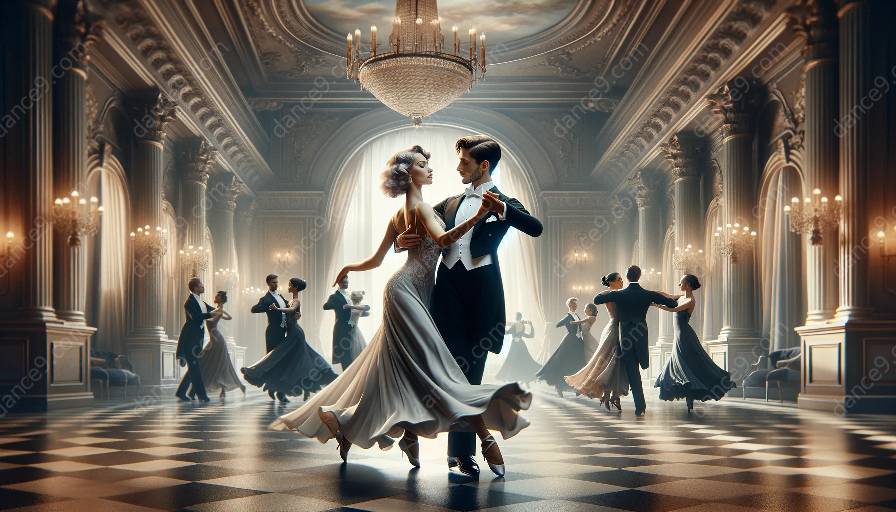The Waltz is a graceful and storied dance form that has been influenced by a myriad of cultural factors throughout its history. From its origins in Europe to its global popularity in dance classes, the Waltz has evolved under the impact of various cultural influences, shaping its music, movements, and significance in different societies.
Origins of the Waltz
The Waltz originated in the 18th century in the German-speaking areas of Europe as a popular social dance. Its early form was influenced by the folk dances of Bavaria and Austria, characterized by a close, rotating hold and graceful flowing movements. This early version of the Waltz was reflective of the cultural values and social norms of the time, emphasizing grace, elegance, and intimacy in dance.
Viennese Waltz and Imperial Influence
The Waltz gained widespread popularity in Vienna during the 19th century, becoming a staple of high society and the dance halls of the Austrian capital. Influenced by the opulence and refinement of the imperial court, the Viennese Waltz evolved into a faster-paced, more elaborate dance style, with intricate footwork and sweeping movements.
Impact of Romanticism
The era of Romanticism in the 19th century had a profound impact on the Waltz, infusing the dance with themes of love, passion, and emotional expression. As the dance spread throughout Europe, it became synonymous with romantic ideals, capturing the imagination of artists, musicians, and dancers. The Waltz's cultural significance was further amplified by its portrayal in literature, art, and theater, solidifying its status as a symbol of romance and sophistication.
Globalization and Fusion
With the advent of globalization, the Waltz transcended national boundaries and became a popular dance form worldwide. Its global appeal led to the integration of diverse cultural elements, resulting in the emergence of fusion styles that combined traditional Waltz movements with influences from other dance forms, such as tango, salsa, and ballroom dance. This cultural fusion not only enriched the Waltz but also contributed to its adaptation in dance classes across different cultures.
Waltz in Contemporary Culture
In contemporary culture, the Waltz continues to be celebrated as a timeless emblem of elegance and romance. Its enduring popularity is evident in the proliferation of Waltz-themed events, performances, and dance classes around the world. The cultural influences that have shaped the Waltz persist in its modern iterations, with choreographers and dancers infusing the dance with their own interpretations and innovations, keeping its traditions alive while embracing contemporary sensibilities.
Waltz in Dance Classes
The cultural influences that have impacted the Waltz are reflected in its presence in dance classes across various regions. Whether taught in traditional ballroom settings or contemporary dance studios, the Waltz serves as a bridge between history, culture, and the art of dance. Its incorporation into dance classes allows students to engage with the rich tapestry of cultural influences that have shaped the Waltz, offering a deeper understanding of its significance and relevance in the world of dance.













































































